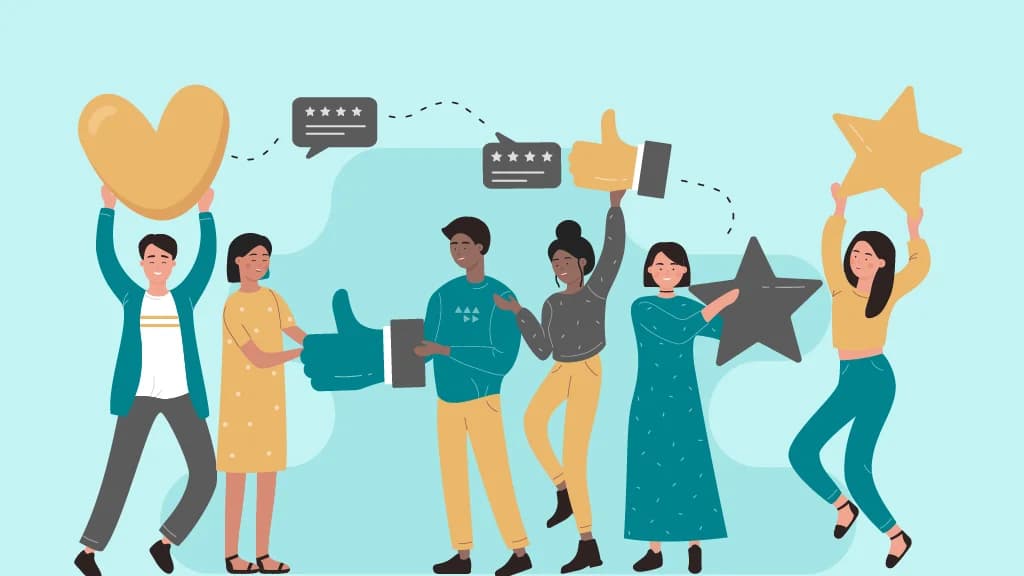10 Workplace Microaggressions Examples Leaders Can Resolve with Engagement

Team AdvantageClub.ai
July 29, 2025

Microaggressions in the workplace may seem small, but their impact isn’t. These subtle, often unintentional slights can wear down an employee’s productivity and confidence, well-being, and sense of belonging over time. True inclusion means more than avoiding blatant bias; it means addressing the quiet behaviors that quietly erode trust.
What Is Microaggression?
- They show up in casual conversations, behaviors, or even through company culture.
- They’re usually rooted in biases people don’t even realize they have.
- Over time, they chip away at trust, make people feel unsafe, and lower team morale.
- Left unaddressed, they can lead to disengagement or even push people to leave.
The Power of Engagement Platforms in Tackling Microaggressions
Modern employee engagement platforms give leaders a smarter, more proactive way to address microaggressions before they escalate. Rather than waiting for formal complaints, these tools create real-time awareness and early intervention opportunities.
- Anonymous feedback channels: Employees can safely speak up, knowing their identity is protected.
- Pulse surveys: Short, regular check-ins help track how people feel and flag cultural red flags early.
- Trend detection: Automated tools analyze feedback for patterns, making it easier to spot recurring issues across teams or departments.
- Resource hubs: Easy access to company policies, reporting steps, and support systems ensures people know where to turn.
Common Microaggressions in the Workplace
- Backhanded Compliments: “You’re so articulate” or “You’re great at this for your age” may sound kind but often reveal hidden bias.
- “Where Are You Really From?” This question can make people feel like outsiders, even if they’ve lived here all their lives.
- Mansplaining and Interruptions: Speaking over others, especially women or people of color, undermines their expertise and confidence.
- Assuming Roles Based on Gender: Expecting women to take notes or men to avoid caregiving roles reinforces outdated expectations.
- Color-Blind Language: Saying “I don’t see color” might feel inclusive, but it dismisses real, lived experiences.
- Tokenization: Turning to the only woman or person of color in the room to speak for an entire group can feel isolating.
- Stereotyping by Association: Assuming someone’s strengths, weaknesses, or values based on background instead of who they are.
- Jokes About Identity: Even “just a joke” about race, gender, or religion can alienate and hurt others.
- Ignoring Contributions: Overlooking ideas from certain team members, especially repeatedly, sends a quiet but clear message of exclusion.
- Environmental Microaggressions: A lack of visible diversity in leadership, policies, or branding tells people they don’t belong, without saying a word.
How engagement platforms help
- Anonymous Reporting: Allow employees to safely share concerns without fear of backlash, making it easier to raise sensitive issues.
- Pattern Detection: Spot recurring themes in feedback so leaders can respond to trends, not just individual cases.
- Education and Awareness: Offer learning resources that help employees recognize subtle biases and change behaviors for good.
Why Immediate Action Matters
- Lower Engagement: Employees who feel slighted are less motivated and less invested in their work.
- Declining Performance: Constant stress from subtle bias affects focus, confidence, and creativity.
- Fractured Teams: Trust breaks down when harmful behavior goes unchecked, weakening collaboration.
- Higher Attrition: People leave when they don't feel seen, respected, or supported.
- Brand Reputation: A workplace known for exclusion struggles to attract and keep great talent.
How Engagement Prevents Microaggressions
Leaders shape the culture every day, and with the right tools, they can stay ahead of issues before they escalate. Here’s how employee engagement platforms help:
Open Feedback Channels
- Set up anonymous surveys and suggestion tools so employees feel safe sharing concerns.
- Regular pulse checks help track mood and uncover early warning signs.
Spot Issues Early
- Use feedback data to find common themes or tension points.
- Don't wait for formal complaints, act on what you see, early and often.
Share Clear Expectations
- Keep respectful behavior front and center.
- Make sure everyone knows the policies and how to report problems when needed.
Support and Educate
- Give employees access to learning tools, counseling, or mediation support.
- Visibility matters: people should know where to go and who's listening.
Lead by Example
- Show what inclusive leadership looks like.
- Be willing to reflect, listen, and respond with care in team settings.
Recognize Positive Change
- Celebrate when the culture improves.
- Share real examples, and use platform insights to show the impact of your efforts.
Building a Culture of Respect and Belonging
Understanding the impact of microaggressions, learning to spot them, and acting early are key steps toward building a stronger, more respectful and positive workplace.
With solutions like AdvantageClub.ai, HR teams and managers can uncover what’s going on, support their people better, and create a culture where everyone feels seen, valued, and able to do their best work.





